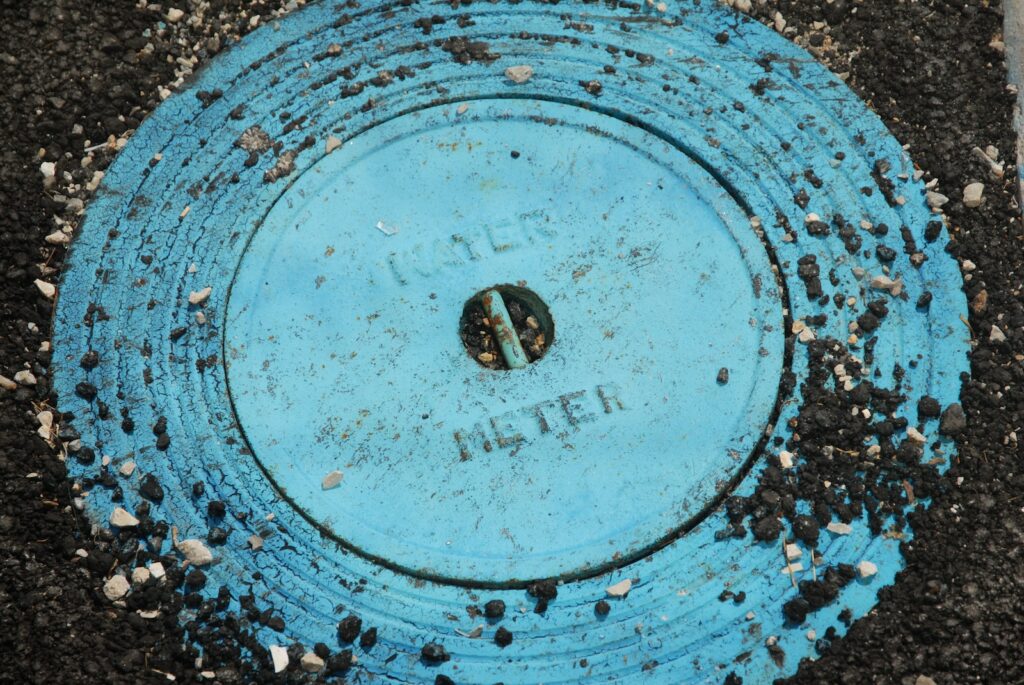
Options for Water Utilities in Peril
By
Branko Terzic
Would any state public service commission allow an investor-owned water utility to deteriorate to the level of some highly publicized municipal owned water systems? I don’t think so.
“No fewer than 5,300 American cities were found by CNN to be in violation of federal lead rules, and USA Today detected excessive lead in nearly 2,000 public water systems across all 50 states.“ [Clark, A. (2016, August 8)].
On August 30, 2022, it was reported that the State of Mississippi has declared an emergency in the city of Jackson where the city’s main water-treatment facility has failed resulting in water quality below safe water drinking standards. In addition, the water pressure is inadequate to provide for fire protection and other requirements.
The US has around 55,000 water systems all but a few thousand owned and operated by municipal governments. In addition, in most states these water systems are self-regulated as to pricing, capital investment, financial viability and management.
In a perfect world publicly elected mayors and city councils would hire the best available water managers, provide adequate maintenance, and approve adequate capital budgets to maintain system integrity. The city fathers would also set rates to fund the necessary level of annual expenses and ensure the financial capability of the water utility to raise funds for capital improvements. The city council would also monitor service quality making necessary operating and capital adjustments as warranted.
Unfortunately, voting to raise water rates to necessary higher levels is politically unpopular. Cross subsidizing water costs from other department budgets is one technique used to push the hard decisions down the road to the next generation of elected officials but this creates other problems as well.
“From the generational failure to invest in infrastructure to the anti-tax political climate, it is virtually impossible for cities to gather the resources and political will that it takes to invest in rebuilding water lines — not least because the needed work is underground and invisible.” [Clark, A. (2016, August 8)]
Water utilities at one time recovered the cost of fire protection (hydrants and additional piping and pumping costs to bring fire protection to the entire system) as a charge to the city recovered from citizens in property taxes where the value of the property controlled the level of payments. Unfortunately, a switch was made to roll this cost into citizens’ direct water rates where poor families with high water use pay a disproportionate share of this cost. Of course, the city fathers could claim that they “lowered” the property tax through that switch.
Public complaints about poor water service quality can be answered for a time by the statement that the water system is an “aging infrastructure” and better service can’t be expected of it. But aging infrastructure can and should be replaced.
Three solutions are already in place in the US. One solution is the Wisconsin type law which places the state’s 500 municipal water systems under the regulation of the Public Service Commission (PSC) just like investor-owned utilities. Under that law the PSC sets rates, reviews accounting and monitors the financial health and service quality of the water utility just as it does for investor-owned utilities.
A second option is privatization which in all US states results in the regulation of the privatized utility by the same state regulatory agency currently regulating IOU electric, natural gas and water utilities. Currently about 12% of water systems are owned by private capital.
The third solution is of course, the hardest and least likely, which is improvement in municipal political oversight and managerial prowess in the troubled system. This begs the question of, if those reforms couldn’t be done in the past what makes it probable, they will be done successfully now.
Meanwhile America’s water systems continue to need massive new investment whether from public or private sources.
Citation: Clark, A. (2016, August 8). The city that unpoisoned its pipes. Next City. https://nextcity.org/features/flint-lansing-michigan-replaced-lead-water-pipes
The Honorable Branko Terzic is a former Commissioner on the U.S. Federal Energy Regulatory Commission and State of Wisconsin Public Service Commission, in addition to energy industry experience was a US Army Reserve Foreign Area Officer ( FAO) for Eastern Europe (1979-1990). He hold a BS Engineering and honorary Doctor of Sciences in Engineering (h.c.) both from the University of Wisconsin- Milwaukee.
#BrankoTerzic #energy #regulations #experience #research #future #opportunity #strategy #management #people #utilities #renewables #energyindustry #sustainability #safety #Michigan #lead #watermainrepair #leadwaterpipe #water #waterutility #waterindustry #utilities #wastewater #plumbing #watermanagement #quality

